
Rabbit Teeth Remedies for Protruding Upper Incisors Health Articles
1. Rabbits Have Incisors & "Cheek Teeth". Rabbits have 28 teeth, four fewer than humans. While humans have a variety of types of teeth that perform different functions, the types of teeth rabbits have are less varied. In fact, they only have incisors, premolars, and molars (also known as cheek teeth). Rabbit incisors steal the show, however.

BUNNY RABBIT TEETH 2015 MAY YouTube
Rabbits will bite into their hay and veggies with the incisor teeth in a vertical bite motion. To chew the food, the rabbit will use the premolars and molars, often called 'cheek teeth', in a horizontal motion. This is important to keep the teeth filed down properly. Hay and greens are the best food to encourage normal wearing of the cheek.

How to Fix Rabbit Teeth Discoloration? MyPetCareJoy
Rabbits do not have canine teeth. 1-4 Instead, there is a space between the incisors and premolars called the diastema (FIGURE 1). 1-5 The premolars and molars are anatomically identical, making differentiation of each tooth challenging. 2 Thus, the premolars and molars are simply called the cheek teeth. 2 The dental formula for a rabbit is I2/1, C0/0, P3/2, and M3/3, for a total of 28.
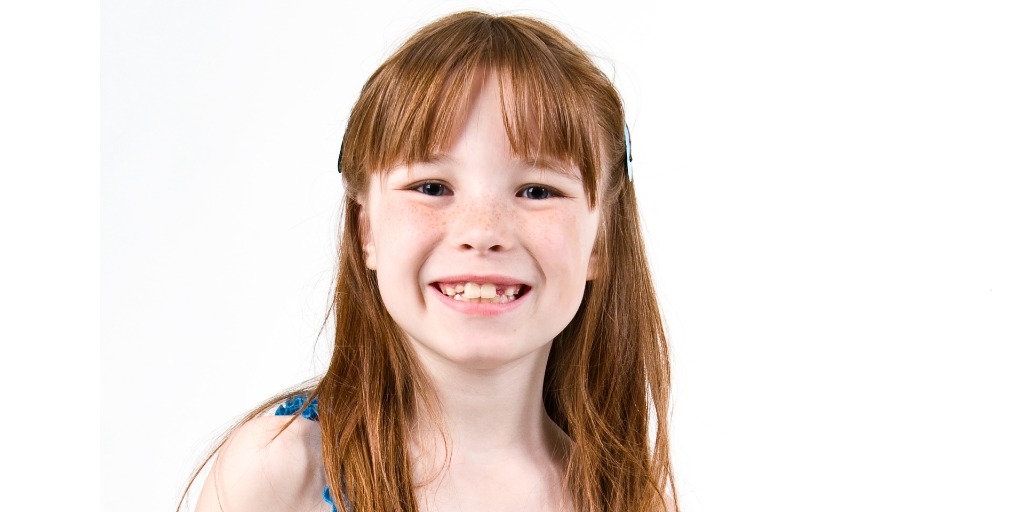
Rabbit teeth in human Dentist in Newbury Park
TikTok users either love the look or hate it. For starters, bunny teeth is not an actual dental term, but rather a term that has amassed popularity over the last few years. Having bunny teeth or.

Rabbit Smile His name is "Hossein". Hossein is a simple ru… Flickr
Rabbits have a total of 28 teeth. They have 16 teeth on the top of their mouth and 12 at the bottom. Rabbits have three kinds of teeth: premolars, molars, and incisors. Their teeth have an open root which means that they will keep growing throughout their lifetime.
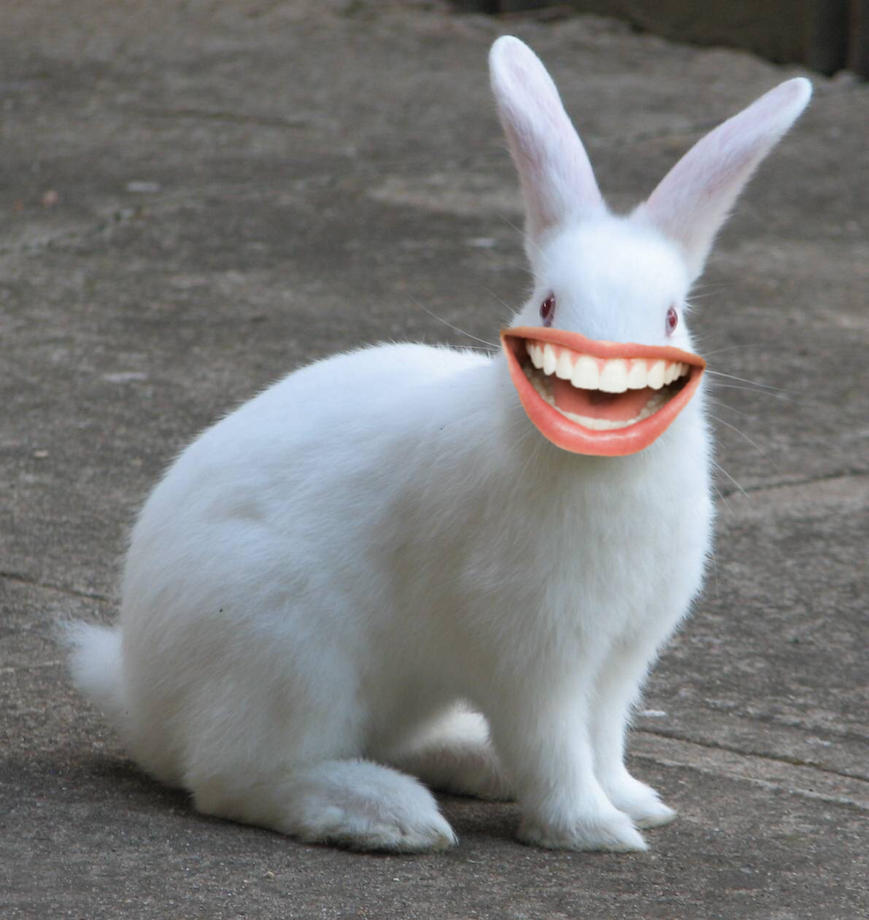
If rabbits had human teeth by graffitiFTW on DeviantArt
For more information on rabbit teeth and orthodontic treatment, you can visit Orthodontics Australia. Signs and Symptoms of Rabbit Teeth Prominent Front Teeth. One of the most noticeable signs of rabbit teeth is their prominent front teeth. Rabbits have two pairs of incisors, one on the top and one on the bottom, which are constantly growing.
These 20+ Photos of TWICE's Nayeon And Her Bunny Teeth Will Make You
Like human nails, a rabbit's teeth will keep growing. However, if their teeth grow too long, the rabbit can experience difficulties eating, leading to various health problems.. Rabbit teeth are unique compared to other mammals. Unlike most other animals, rabbits have continuously growing teeth throughout their lives. This means their teeth.

Buck Teeth In Kids Causes, Health Risks, Pictures & More
Are Rabbit Teeth Rare. 🥕 Rabbit teeth may be a rarity in the animal kingdom, but in the human world, they're not so uncommon. Many people have bunny-like teeth, and whether you choose to embrace them or explore treatment options is entirely up to you. Remember, embracing your unique features is always a hop in the right direction!
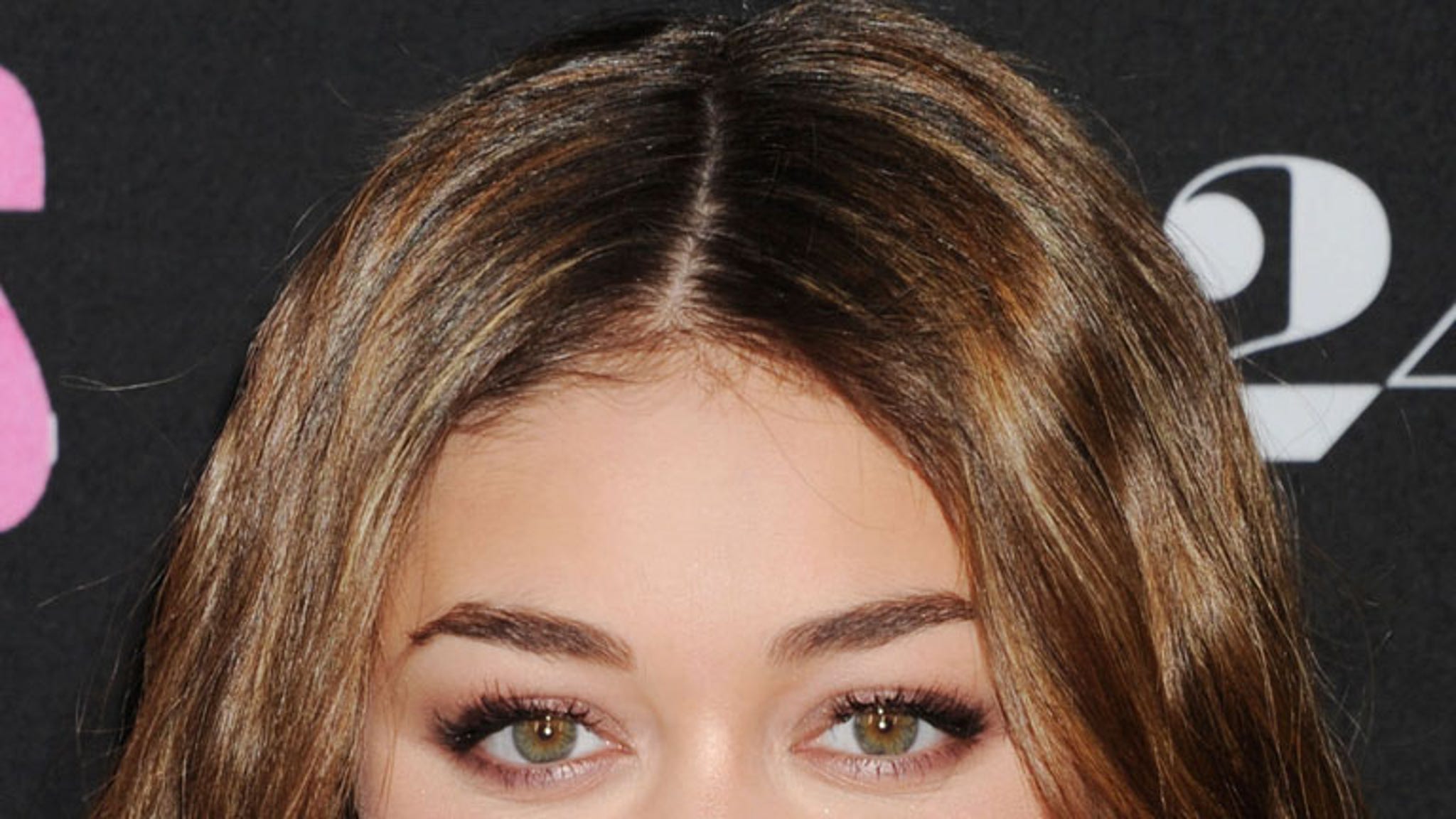
Celebs with Bunny Teeth
A person is usually called a rabbit tooth when the person's lower jaw teeth are in place and the upper teeth have moved slightly forward and forward and are large. Moving the upper teeth forward reduces the appearance of a person's face. One of the most important things you need to know about these types of teeth is that they have a huge.
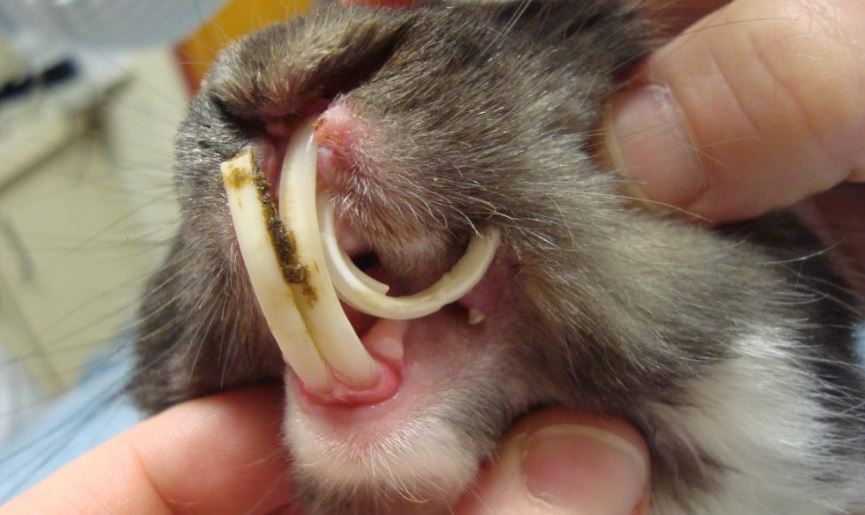
Can Rabbits Die from Overgrown Teeth PetSchoolClassroom
Rabbit teeth facts. Dental formula - Adult rabbits have a total of 28 teeth with a dental formula of 2 (2/1 0/0 3/2 3/3) = 28 while kits have is 2 (2/1 0/0 3/2) = 16. Rabbit teeth growth - They continuously grow with incisors growing at 2-2.4mm per week. Cheek teeth grow slower with mandibular ones growing at 3-4mm per month and the.

More About Rabbit Teeth Issues • the Hilo
Bunny teeth, also known as buck teeth, are a dental condition where the upper front teeth protrude outwards from the gum line, giving the appearance of rabbit or bunny teeth. While bunny teeth may not cause physical discomfort, they can affect a person's self-esteem and confidence, making them a significant concern for many people. There […]

Mae Mae Who I Am
The cheek teeth function like human teeth. It helps your rabbit grind and breaks down food for better digestion. At the same time, large incisors are sharper than the cheek teeth. It is used to cut and slice food into smaller, bite-sized chunks. A rabbit's teeth are open-rooted, meaning they will grow throughout her life.

Me Myself and who am I kidding, it's all about the kids! Bunny Teeth
What makes rabbit teeth so special? We have teeth that don't change in size or shape, and these are great for eating up our human food. But small herbivores like rabbits, guinea pigs, chinchillas and degus must eat lots of fibrous vegetation all day, and so they need a different type of teeth to deal with all that chewing.

“Rabbit Kid” Was Bullied His Whole Life Until He Gets The Biggest
Rabbits have a total of 22 cheek teeth; ten on the bottom, and twelve on top. The bottom part of their jaw (mandible) is wider than the top part (maxilla). Because of this, the top and bottom cheek teeth don't actually touch when the rabbit closes its mouth. This is why, when rabbits chew, they grind their teeth from side to side, rather than.

Rabbit teeth YouTube
The cheek teeth are separated from the incisors by a fairly long space of cleft (diastema), which is extremely helpful when syringe feeding medicines to a rabbit. All rabbit teeth grow continuously throughout the rabbit's lifetime. The four larger incisor teeth are used to grasp, tear, and slice, while the "cheek teeth" are used to grind.
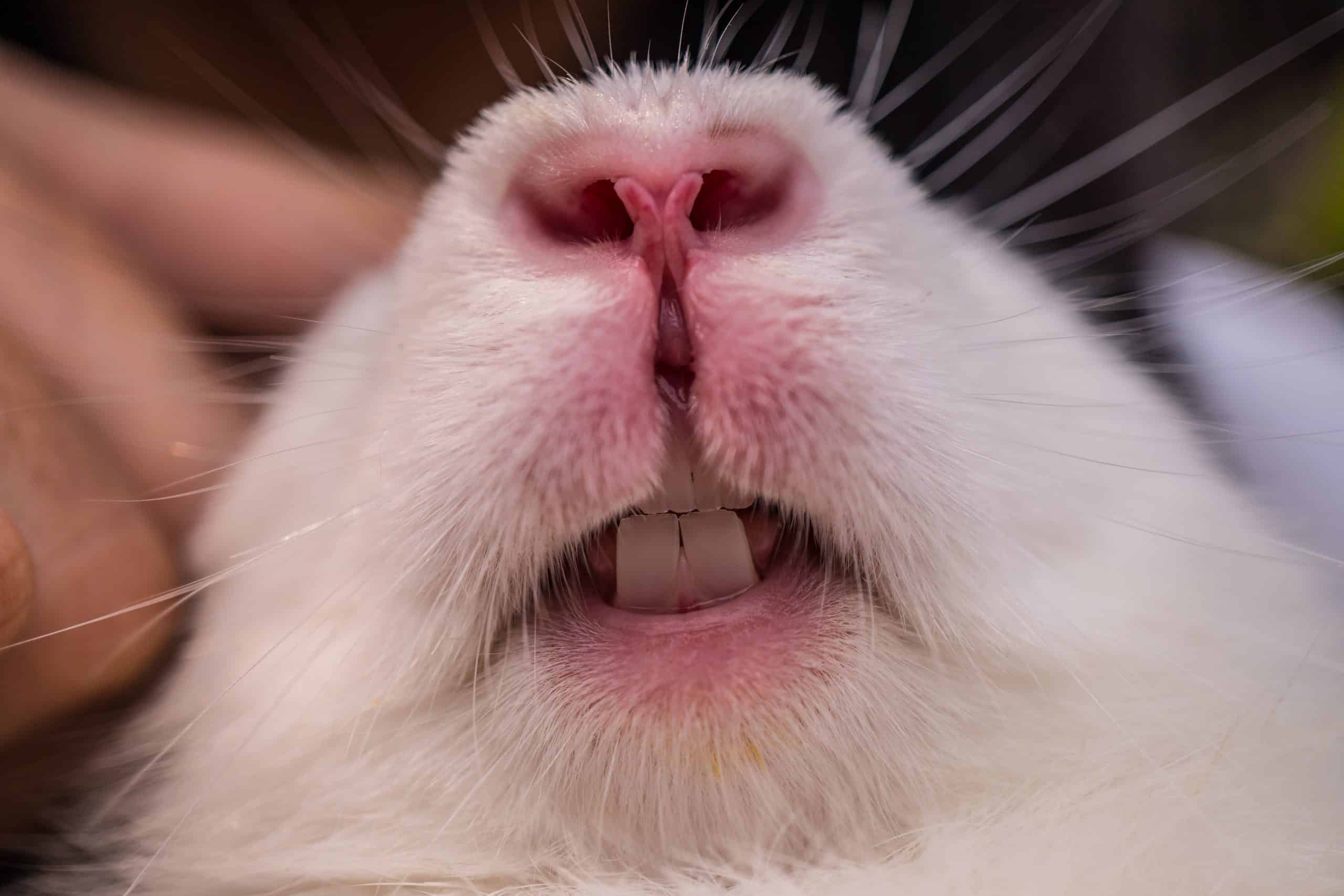
How to care for rabbit teeth SimplyRabbits Rabbit care
Rabbit teeth are the rabbit's front incisors that they use to nibble at their food. The rabbit's main set of teeth is made up of four upper and six lower incisors, one on each side in both top and bottom jaws. The rabbit doesn't have canine or premolar teeth as humans do. Rabbit molars are also much smaller than human molars.